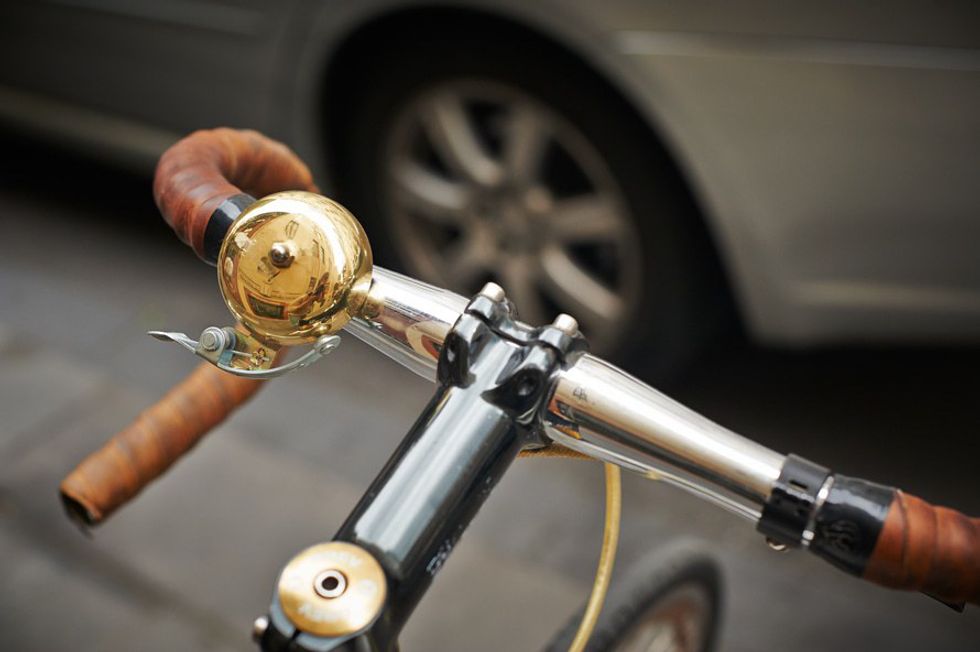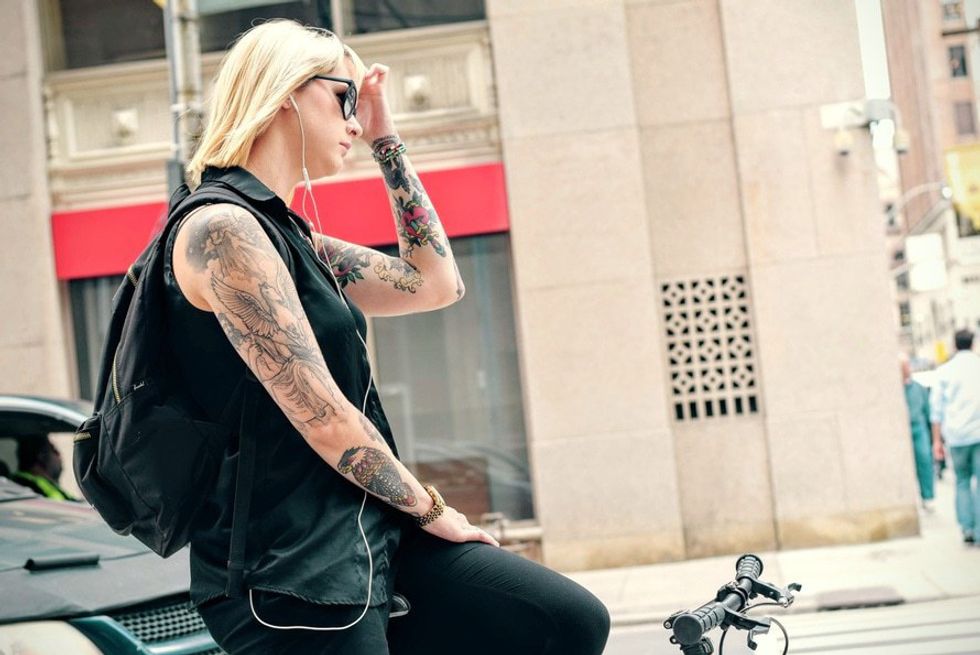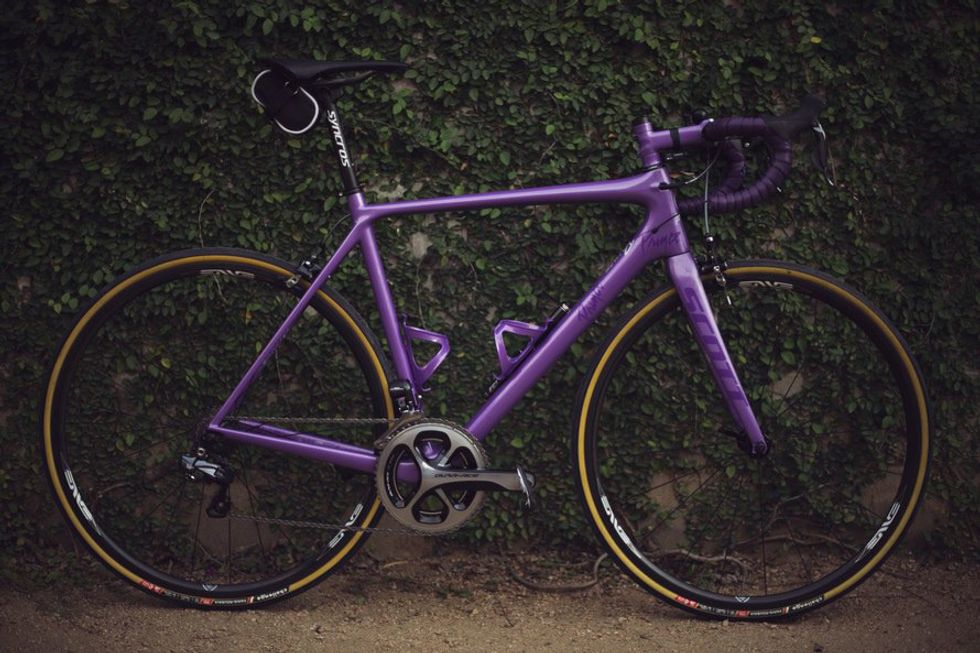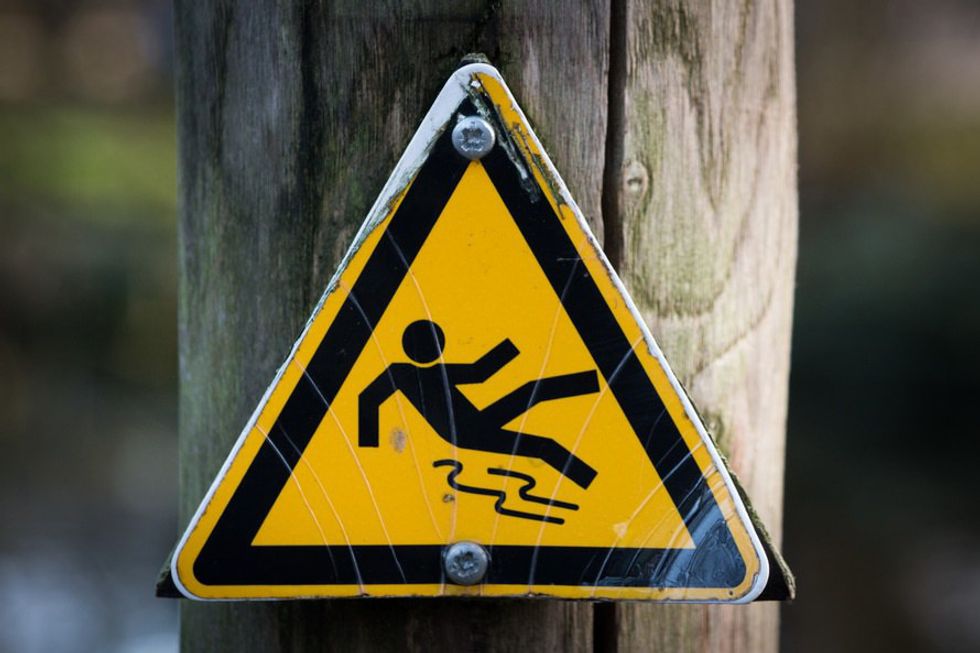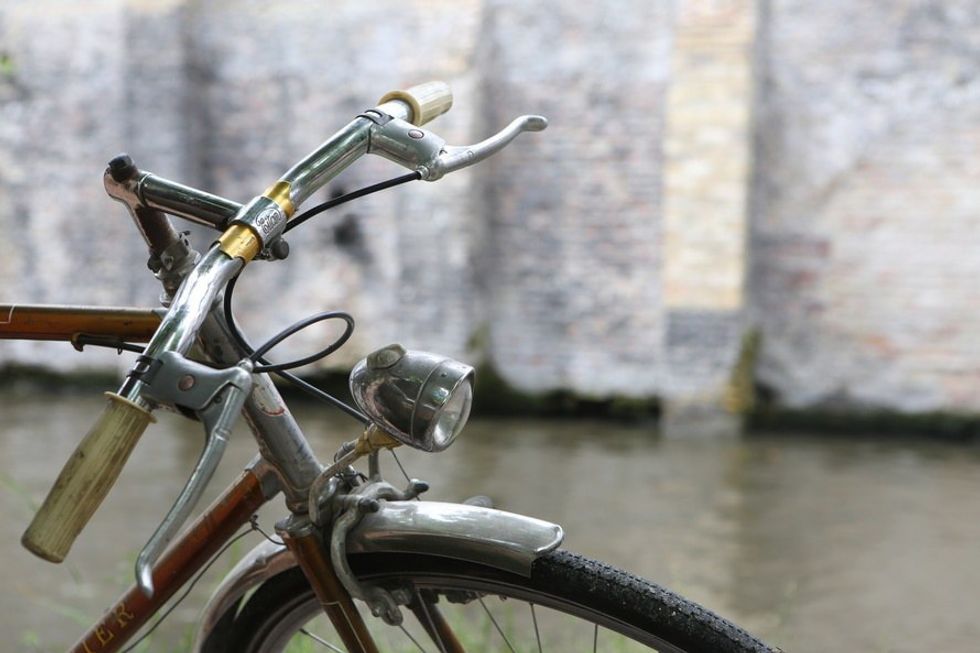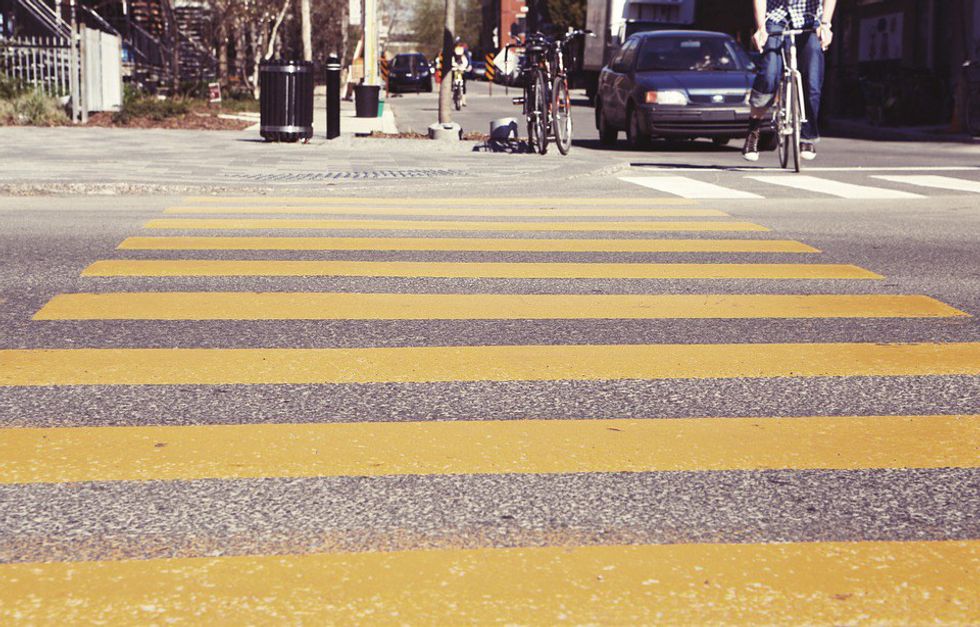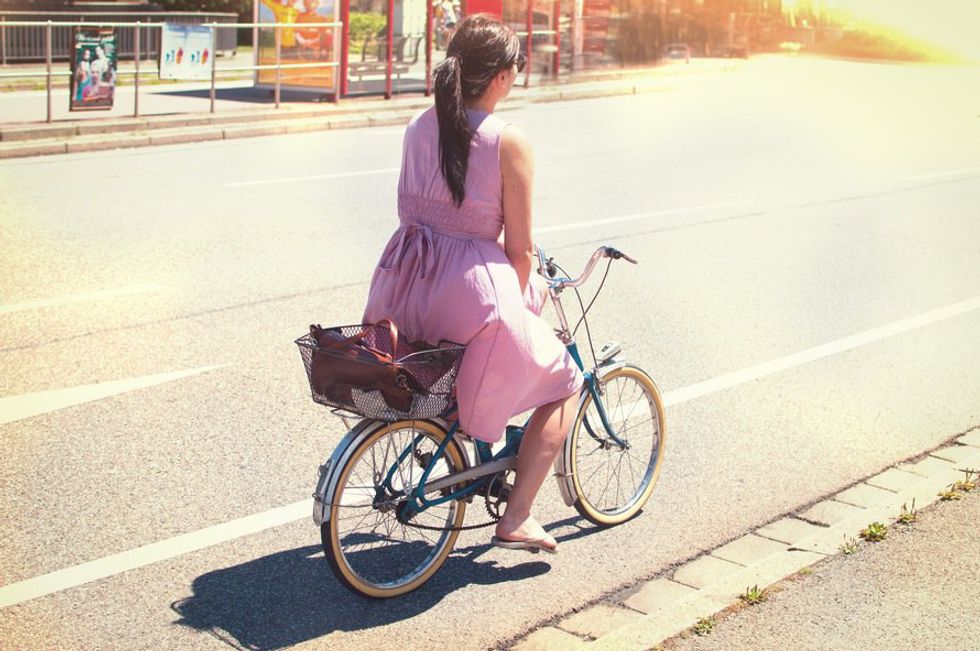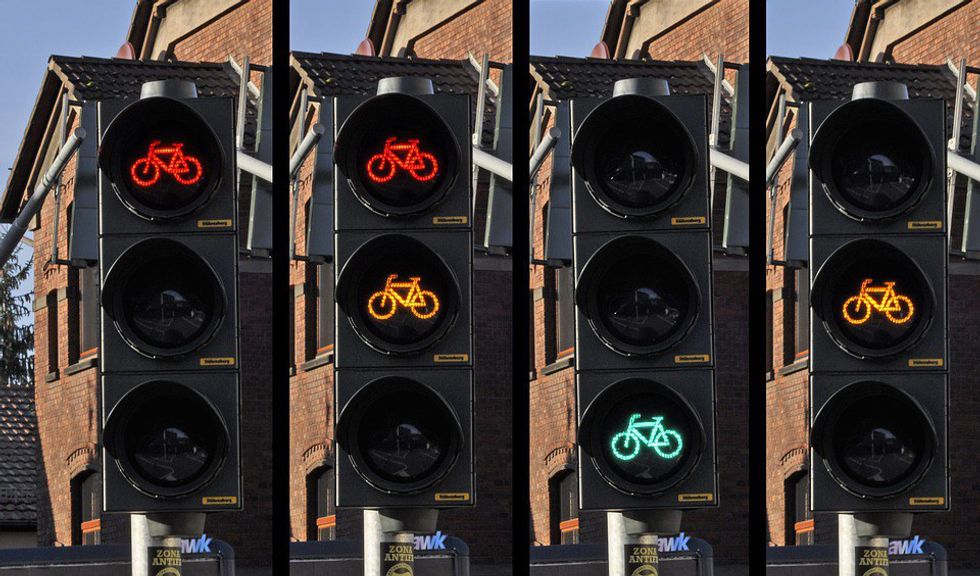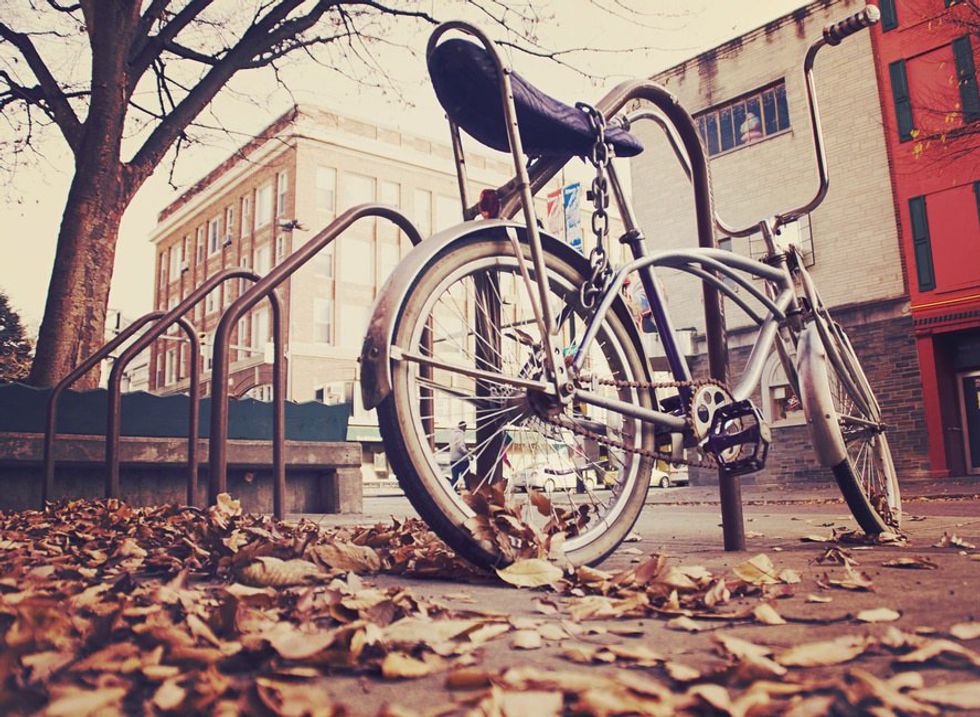“It's a dangerous business, Frodo, going out your door. You step onto the road, and if you don't keep your feet, there's no knowing where you might be swept off to.” -J.R.R. Tolkien, The Lord of the Rings
And it can be dangerous business going out your door. Especially when you're a cyclist commuter.
While only 1% of all trips taken in the U.S. are by bicycle, bicyclists face a higher risk of crash-related injury and deaths than occupants of motor vehicles do.
In 2014 in the United States, 726 bicyclists were killed and there were an estimated 50,000 bicycle-related injuries.
Most bicyclist deaths occur in urban areas and at non-intersection locations, like side streets and one-way roads.
Where I live, in the Daytona Beach area, cyclists aren't exempt from the need for precaution.
Accidents happen, and sometimes, road conditions are made even more dangerous by drivers' negligence.
A couple of months ago in the neighboring county of Flagler, a full Gatorade bottle was deliberately thrown from a vehicle at a cyclist who was traveling at about 25 miles per hour on his bicycle. It barely missed his front tire. The cyclist happened to have a go-pro camera recording his ride that day, so he was able to show how the incident happened.
1. A Bicycle Helmet. Wear One: Every Time You Ride. No excuses or exceptions!
Bicycle helmets reduce the risk of head and brain injuries in the event of a crash. They are not just for kids. All bicyclists, regardless of age, can protect themselves by wearing bicycle helmets every time they ride.
Helmets provide a66 to 88% reduction in the risk of head, brain and severe brain injury to bicyclists. During the past few years, no more than 17 percentof fatally injured bicyclists were wearing helmets.
2. Watch for Vehicles Turning:
 At every intersection, keep a careful eye out for cars turning right in front of you. They might not estimate your speed correctly and cut you off as they turn in front of you.
At every intersection, keep a careful eye out for cars turning right in front of you. They might not estimate your speed correctly and cut you off as they turn in front of you.
Also, look for motorists turning left across your path. Those drivers are concentrating on moving through the gaps in traffic and paying less attention to pedestrians and cyclists. It's up to you to keep and eye out and be the "defensive driver".
3. Invest in an Inexpensive Bell to Avoid Collisions:
Let other pedestrians and riders know you intend to pass them with a bell or other signaling device. It's courteous and can prevent a crash that could potentially injure you, the other party, and your modes of transportation.
4. Avoid Wearing Earbuds or Headphones While Riding:
It's never a good idea to wear headphones or earbuds while cycling outdoors. You won't be able to hear cars approaching, or other cyclists who may be trying to pass you. If you're approaching a corner, you maybe encountering pedestrians with whom you might crash because you didn't hear them coming. Having your music on also prevents you from hearing the yells of caution when there's a grand piano or anvil falling from the sky. It's just not a good idea. Save the music for your destination.
5. Proceed With Caution Near Driveways:
Many car/bike collisions happen at driveways when motorists or bicyclists are crossing paths. Drivers may have blind-spots and not see your bicycle approaching as they back out of a driveway or make a three point turn. Always err on the side of caution and make sure your intentions are clear. Use hand signals and slow to a stop when necessary.
6. Watch for Debris on the Road that Might Make you Fall or Swerve:
Rocks, fallen tree branches, garbage, storm grates, wet leaves, potholes, gravel, railroad tracks, and the odd Gatorade bottle can all be a major hazard if you are not watching out for them. Even if you are, and missing them is unavoidable, you can be sent flying. (This is another instance where a helmet comes in handy to protect that gorgeous brain of yours.) Also watch for parked cars suddenly flinging doors open, and, as previously mentioned, cars pulling in and out of driveways.
7. Be Predictable and Visible:
If you're riding in the dark, be sure to use headlights, taillights, and reflectors and wear brightly colored clothing. It's also a good idea to wear reflective gear. Make sure everyone can see you and your friends or family know where you are and where you are headed. Avoid hesitancy while riding and doing impulsive, unexpected things that drivers wouldn't normally anticipate.
8. Always Ride with Traffic:
It's the law to ride with the flow of traffic, not against it. Crash data reports say that getting hit from behind is extremely unlikely.You are more predictable and visible to motorists, especially at intersections and driveways.Ride in a straight line, not in and out of cars, and use hand signals when turning and stopping.Obey traffic signs, signals, and lane markings and yield to traffic when appropriate, including pedestrians.
9. Don't Ride On The Sidewalk:
At every driveway and intersection, you are at greater risk of being hit by a motorist than if you were riding on the road with traffic. Ride on the trail, paved shoulder, bike lane, or bike route. You still need to follow the rules of the road and watch out for your fellow travelers.
10. Follow the Rules of the Road:
Ride to the right, signal your turns, obey traffic signs and signals. Do not ride against traffic and make sure to yield to walking pedestrians, as they have the right-of-way.
11. Lastly, Lock it Up:
If you want to keep your bike so you can commute following these safety tips, then lock it up. Locking your bike prevents theft. Even if you are only running in somewhere for "two seconds", it takes only moments for someone to grab an unattended bicycle. Trust me, lock your bike up when not in use, follow the safety tips, and you'll be commuting easily, efficiently, and worry-free!




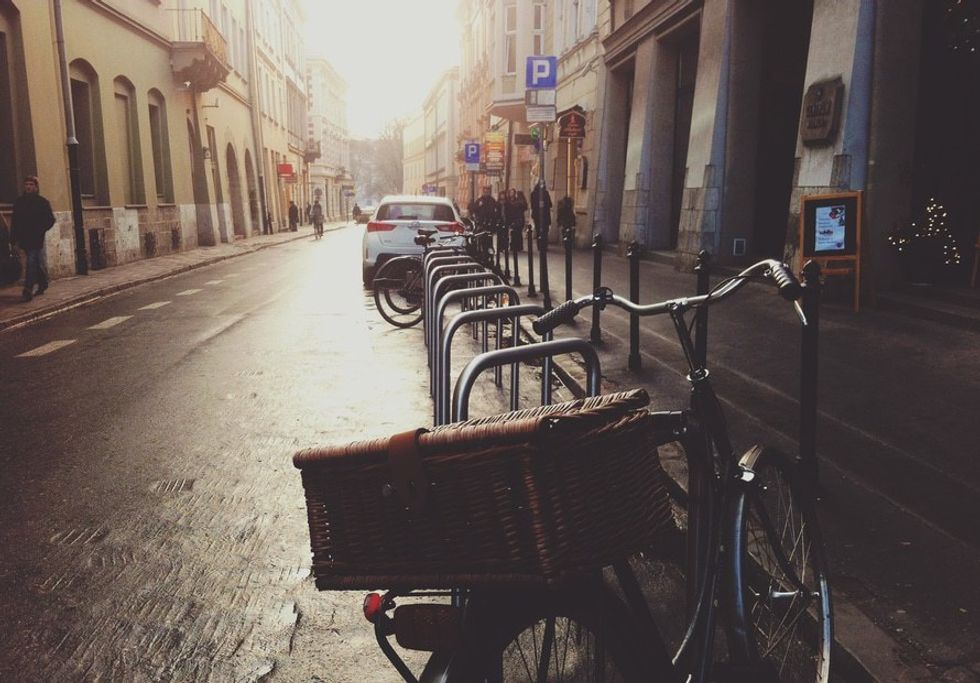

 At every intersection, keep a careful eye out for cars turning right in front of you. They might not estimate your speed correctly and cut you off as they turn in front of you.
At every intersection, keep a careful eye out for cars turning right in front of you. They might not estimate your speed correctly and cut you off as they turn in front of you.